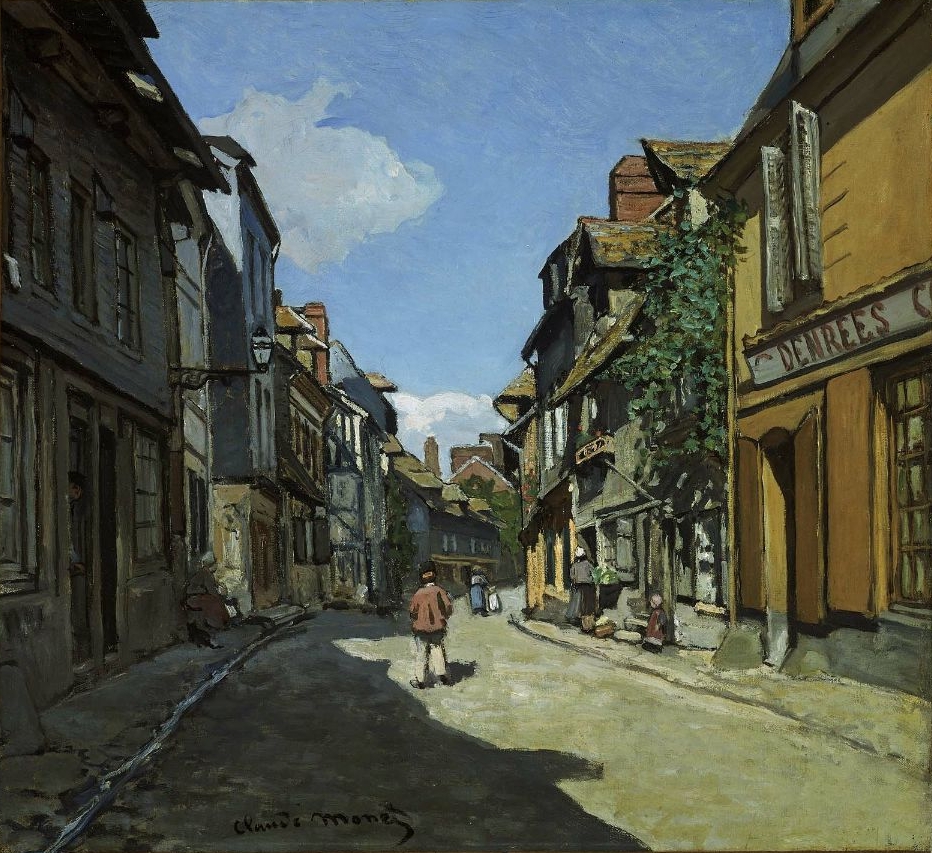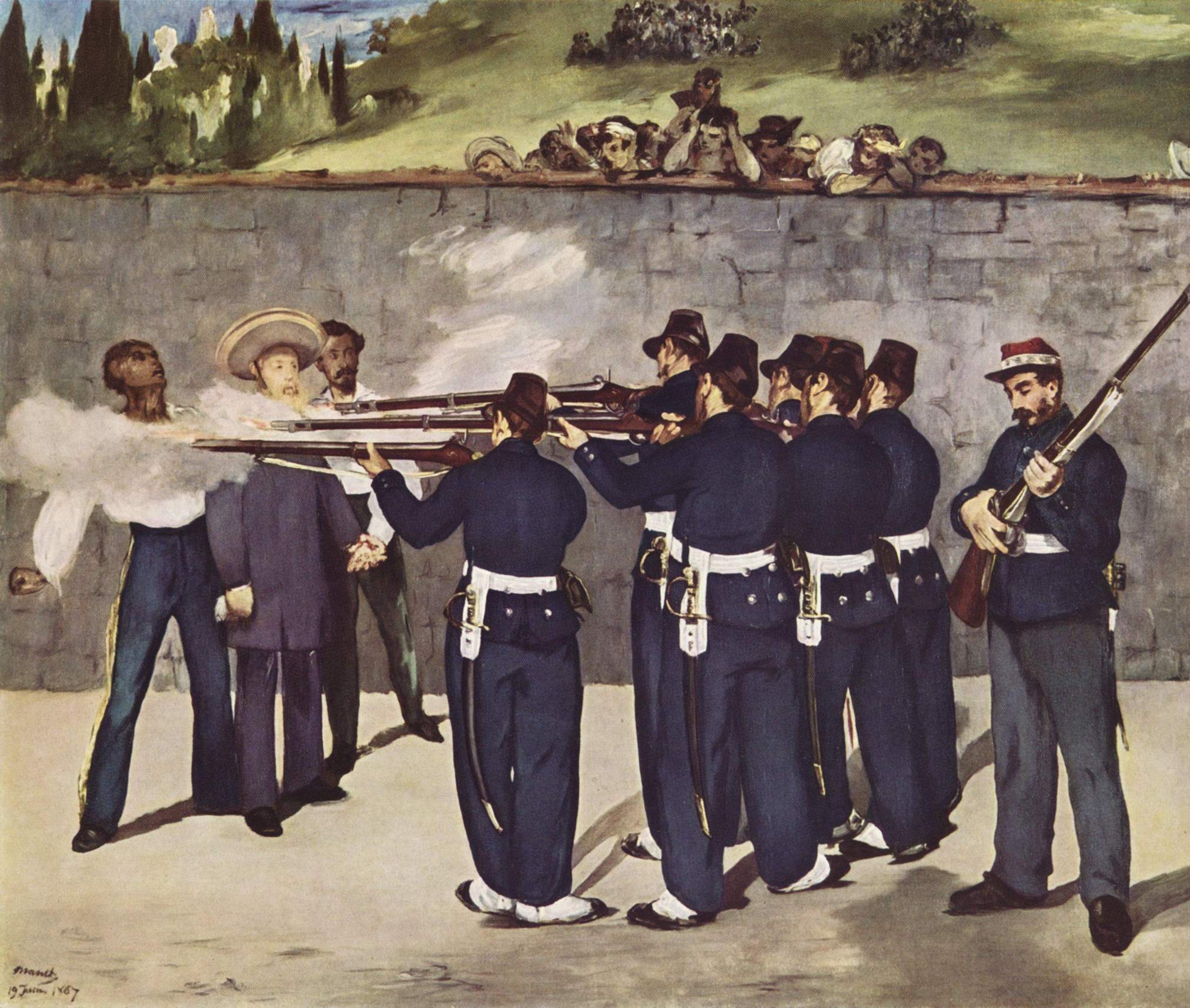Key pieces from outstanding
museums in the United States and Europe encounter the high-quality collection
of late 19th-century, modern French art of Kunsthalle Mannheim, at the Kunsthalle Mannheim, September 26, 2014 - January 18, 2015.
A dialogue between masterpieces begins in the lavishly refurbished Jugendstil building. For the first time, the museum in Mannheim places the focus on its most valuable art treasures and enables the audience to view rare loans from around the world.
“The Dead Toreador” (probably 1864), a main work by Édouard Manet, from Washington.
A dialogue between masterpieces begins in the lavishly refurbished Jugendstil building. For the first time, the museum in Mannheim places the focus on its most valuable art treasures and enables the audience to view rare loans from around the world.
Claude Monet (1840–1926), Die Rue de la Bavolle in Honfleur, 1864
Guest curator Dr. Marie-Amélie zu Salm-Salm
juxtaposes the works in Mannheim with carefully selected, imposing counterparts
from major European and American museums, thus highlighting important artistic
innovations of this unique rise to modernism - like the treatment of colour and
light, questions of composition, the choice of motifs, and the use of new
painting techniques. Key works by Manet, Cézanne and Van Gogh, as well as
paintings by Delacroix, Courbet, Corot, Pissarro, Sisley, Monet, and Renoir
enter into a fascinating dialogue of styles and motifs. The focus on top class
works of French painting allows visitors an intensive encounter with the
individual work and its counterpart.
Mirrored by the other, the key works of
Mannheim can be newly perceived and taken to one’s heart.
A surprise waits for the visitor at the end of
the tour: The view to 20th-century abstraction with pivotal works by Piet
Mondrian, Ellsworth Kelly and Josef Albers, exemplarily reveal the impact of
Impressionism on art and artists of the 20th century and their way of dealing
with form and color.
One highlight is certainly the finale of the exhibition:
Mondrian’s “Composition with Yellow and Blue”, 1932, from Switzerland,
next to Cézanne’s “Smoker with Propped Arm” from Mannheim
and his “The Card Players” (above) from London. This constellation visualizes Mondrian’s affinity to Cézanne’s approach of liberating colour from form.
One highlight is certainly the finale of the exhibition:
Mondrian’s “Composition with Yellow and Blue”, 1932, from Switzerland,
next to Cézanne’s “Smoker with Propped Arm” from Mannheim
and his “The Card Players” (above) from London. This constellation visualizes Mondrian’s affinity to Cézanne’s approach of liberating colour from form.
%2C_60_x_73_cm%2C_oil_on_canvas%2C_Courtauld_Institute_of_Art%2C_London.jpg/800px-Paul_C%C3%A9zanne%2C_1892-95%2C_Les_joueurs_de_carte_(The_Card_Players)%2C_60_x_73_cm%2C_oil_on_canvas%2C_Courtauld_Institute_of_Art%2C_London.jpg)




